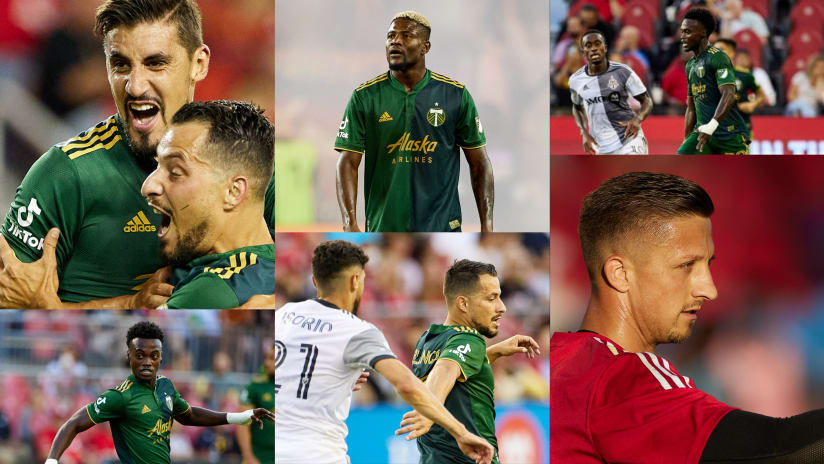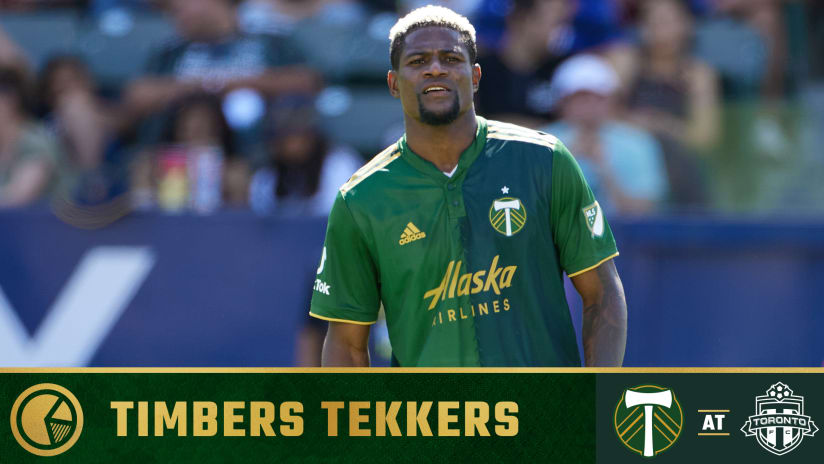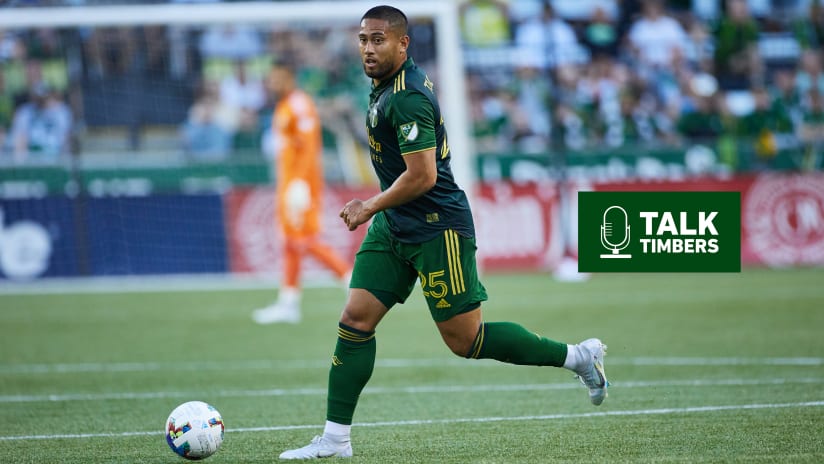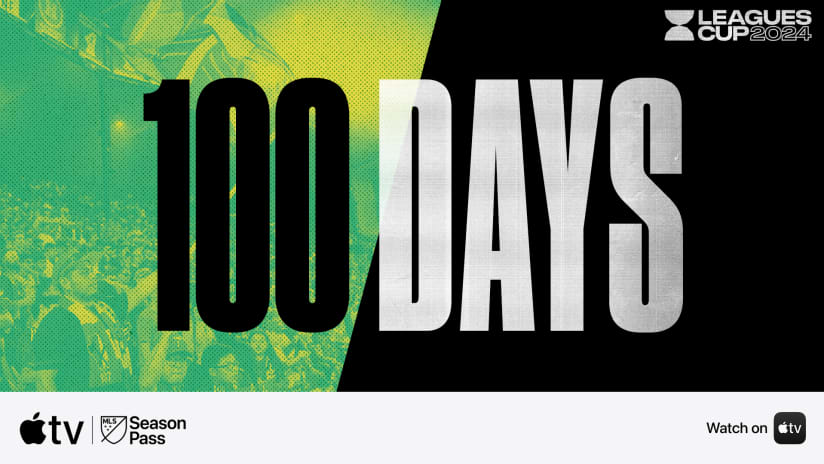Fresh from a very busy NWSL College Draft earlier this month and now putting in heavy work for his first season as head coach of Thorns FC, Paul Riley sat down for an exclusive two-part Q & A session about his journey to Portland. In part one, Riley talks about how he came to join the Thorns, growing up in Liverpool, his love of the color red and more.
First off, tell us a little bit about how you became coach of Thorns FC?
Paul Riley: When the initial job came up the first year, I had spoken to Thorns GM Gavin Wilkinson way back then. In the end, they went with Cindy Parlow Cone and obviously she won the championship. Gavin and I kept in touch anyway and then when Cindy decided to leave, he called me up and asked if I was interested and I said definitely. I took a quick trip to Portland in 24 hours and a red-eye back to New York that night and that was really it—job done and ready to go. We got along straight away, which is important with the general manager because that’s the person you’re dealing with on a daily basis. We got along great. I was excited once I met him and met everybody in Portland, went to the stadium and met everybody and that was it—I was absolutely hooked. I’m excited to do it. After Philadelphia in WPS with the league folding, I sat out last year. There were a couple other teams interested from the NWSL, but I think Portland with the franchise, the city, the organization itself, to me, was at a different level. That’s why I was really excited that Gavin called and I got the opportunity to go there.
When the job originated, when the team first came into the league, he spoke to me quite a bit, but obviously decided to go in a different direction, but we kept in touch. A call came in after the season and Cindy had made her decision to go, I think Gavin felt pretty comfortable with me and I had to meet Merritt Paulson, which is important being the owner, and everything went really well and that was really it. I think they started looking for a coach with more experience, maybe someone who has been around the block a few times and knows the player pool. I think that was really important bringing a coach in to replace Cindy, was someone who knew the player pool and it wasn’t just someone coming in who didn’t know women’s soccer or the players. It would be difficult for that person. I know a lot of the players, I’ve coached a lot of them in WPS and at different levels—youth, college—so I think it was easy for me to step in and get him the players that we want and the players that we need. I think that’s always going to help.
At the point where we first talked, I was interviewing for the England job and I thought I was going to take the job and when that fell through it was almost simultaneous Gavin and me got really serious about getting it done and getting to Portland. I’m really happy. It’ll be a great opportunity.
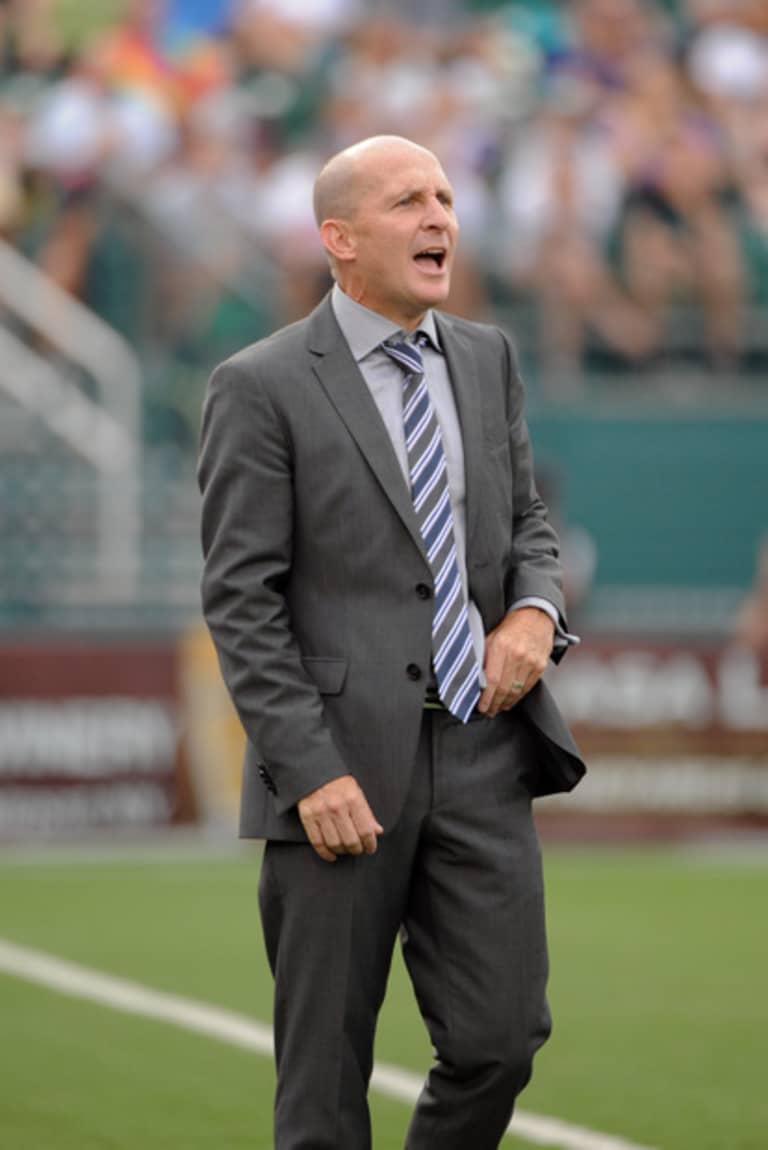
(ISIPhotos)
You were born in Liverpool, but came to the United States in 1982 to play college soccer. You must’ve had a pretty good experience since you’ve stayed in the U.S. since then, right?
PR: I didn’t know where I was going when I got on the plane and all of a sudden I’m in Long Island, 20 minutes from the city and it was just an amazing place to go to school in Adelphi University. At that point, my mother died when I was 19 so when she passed away I didn’t go home too much after that, to be honest. I really wanted to stay here. I was 21 when I graduated and my assistant coach at Adelphi took over Long Island University. I was going to go home at that point because the NASL (North American Soccer League) was gone. I came here really to play in the NASL and it was gone by the time I was a sophomore.
I graduated and my assistant coach at Adelphi just took over Long Island and said do you want to come be a grad assistant. And I said well what the hell, I’ll keep playing and I played in the APSL (American Professional Soccer League) which was the league left from the NASL. I played for the New Jersey Eagles. We had Tab Ramos and John Harkes; we had a really good lineup. I played and was able to coach in college and I enjoyed it. About three months into the season, the head coach in college quit and there I am at 21-years old and they said you’re the new head coach. It was difficult because I had players that were older than me, but all those experiences put me in good stead.
I’ve coached everything you can imagine—boys, girls, college women, college men, professional men, professional women. I think every single experience makes you a better coach and you learn something from it. I think all those experiences have helped me. Being a head coach of a college at 21 years of age was quite the experience. The training was no issue, obviously the man management was tricky and that was probably the thing I learned most from that job was the man management.
I imagine it’s hard not to get involved with soccer growing up as a boy in Liverpool. What was the experience like for you?
PR: My entire family is Red, you don’t get a choice. When I was 12 years old, I went to Liverpool and Everton. Everyone said Everton had a better youth policy; you’re better off going to Everton. Liverpool at the time was probably the best team in Europe. My grandfather looked at me and said, “You don’t have a choice to go Red or Blue,” and I said, “Yep, you’re right.” That was the end of that.
I was at Liverpool for a couple years and I came here to the U.S. because I felt there was better opportunity here in the long run than there was at Liverpool. My best friend, Gary Ablett, who was going to come with me, got signed by Liverpool and I didn’t get signed so that’s when I came here and stayed here. I’m Red through and through. My basement is covered in Liverpool memorabilia, my man cave. I know everything about Liverpool managers and players. My dog is called Shankly after probably the greatest Liverpool coach of all time—Bill Shankly—that took Liverpool from the Second Division to the First Division in 1962. I’ve got about 35 pictures of him in the basement. He was our hero and he’s the guy that built the club.
The only thing that was blue in my house when I was a kid was the toilet paper. Everything else was red. We had season tickets. I’ve been going to games probably since I was 5-years-old. I go back once a year, always get tickets for a game, sometimes twice. I went to the Manchester United game in September and I’m going to the Swansea game in February. This year it’ll be two (trips) hopefully. I went to Champions League in Paris and watched them beat Real Madrid. I’m a massive Liverpool fan and a staunch anti-Manchester United fan as most Liverpool fans are.
It’s a good thing the Thorns wear red then, right?
PR: The first thing my wife said was, “You know they play in red, right?” and I said, “Oh my god, thank God for that.” My club in New York was navy and white when I got there and now they play in red. All the top Premier teams play in red. I’ve just got to speak to Gavin about playing “You’ll Never Walk Alone” before the games; I’m not sure how he’d go for that one. Maybe I could persuade Merritt to do it. I don’t know, that could be a tough one.
Would you call yourself a student of the game? Do you try to observe other teams and take notes to bring back to your own coaching?
PR: I probably watch 15-20 games a week, Spanish League, German League, English League. I think that’s a crucial part of being a coach. I’ve been to training sessions with a lot of the top clubs in the world and I’m not sometimes big on some of the training sessions because they’ve got so many games and sometimes they don’t do a ton of stuff. I think the training sometimes in America might be better than what you find in Europe. The tactical end of the game in Europe, I think, is outstanding. I watch games and different formations. You watch Manchester City’s formation and you watch it against Liverpool and against Arsenal who is a completely different team from Chelsea who is a completely different team from Liverpool. I think all those ingredients help. People say to me that I coach more like a South American coach. I’m not really English in my coaching style. I think the players like that. They’re always guessing that we’re going to go with long balls and stuff like that, but we don’t do anything like that. I’m not into anything like that.



